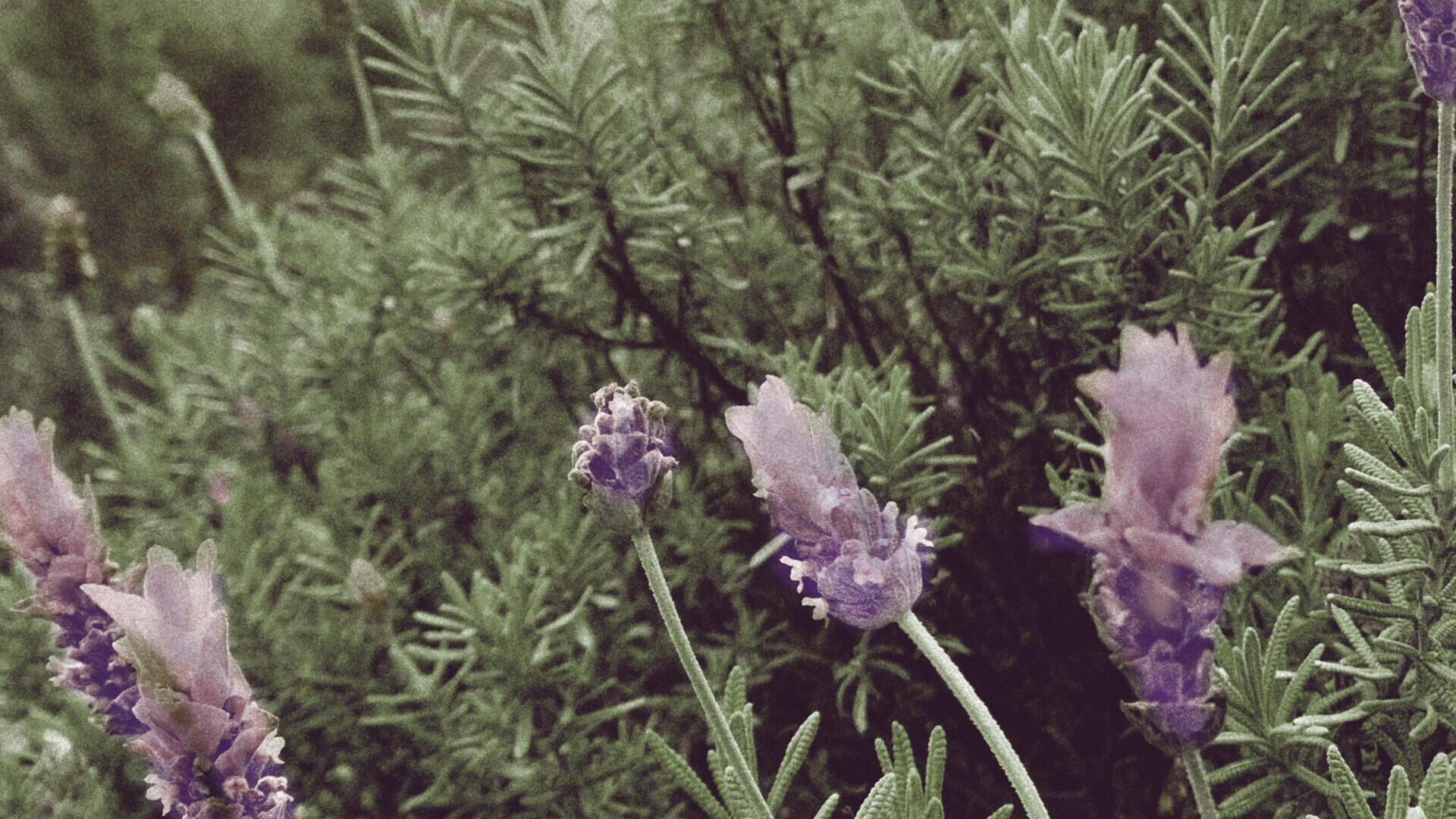Family: LAMIACEAE
Scientific Name: Lavandula dentata
Common Name: Fringed lavender
Origin: Algeria, Baleares, Eritrea, Ethiopia, Morocco, Palestine, Saudi Arabia, Spain, Yemen
Lavandula dentata, Lavender, is an important plant relating to LGBTQ+ history. This lavender is a strongly scented shrub with tooth edged leaves and long flower stems. Lavender originally comes from the Mediterranean and is part of the Lamiaceae family, or mint family.
Lavender has perfect flowers, also called androgynous or bisexual flowers. This means that they have both pollen-producing (stamen) and seed-producing (pistils) reproductive organs in the same flower. The name for the colour lavender comes from the light purple flowers.
Lavender is also an important colour for LGBTQ+ history. Since the turn of the 20th century, there has been a popular view that the colour pink is associated with girls and blue with boys. The colour lavender can be made by blending pink and light blue. Lavender represents the blurring between the masculine and feminine binary.
A Dash of Lavender:
Historically, some people were said to have ‘a streak’ or ‘dash’ of lavender in them, meaning they displayed queer characteristics. Some queer men were called ‘lavender boys’ or ‘lavender lads’. In 1926 the historian Carl Sandburg wrote speculating that Abraham Lincoln, the 16th President of the United States of America, had ‘a streak of lavender, and spots soft as May violets’. Sandburg theorises that Lincoln had a queer relationship with his close friend and fellow politician Joshua Fry Speed.
The Lavender Scare:
The Lavender Scare refers to when the government of the United States of America persecuted homosexual employees in the 1960s. This is related to anti-communist McCarthyism and the Red Scare campaign. Homosexuals at the time were thought to be communist sympathisers, rebellious, and a danger to national security. In 1953 President McCarthy signed an executive order keeping homosexuals from being able to work for the US government, firing and forcibly outing thousands of employees. It was not until 1975 that the Civil Service Commission ruled that sexuality could not be the basis for firing a federal employee.[1]
The Lavender Menace:
The Lavender Menace is another term relating to the history of the United States of America. It was originally a negative term used to describe lesbians involved in the feminist movement in the late 60’s. At the time, lesbian perspectives and experiences were rarely integrated into feminist debates. However, the term was reclaimed in an activist protest in New York in 1970. Members of the Gay Liberation Front and National Organization for Women wore ‘Lavender Menace’ T-shirts at the Second Congress to Unite Women conference. These activists used public demonstration to argue for the inclusion of lesbians and lesbian issues in the early feminist movement.
[1] Haynes, S. (2020) ‘You’ve Probably Heard of the Red Scare, but the Lesser-Known, Anti-Gay “Lavender Scare” Is Rarely Taught in Schools’, Time (History), 22 December. Available at: <https://time.com/5922679/lavender-scare-history/> (Accessed: 14 October 2022)
Audio version read by Queer Botany founder, Sixto-Juan Zavala:


